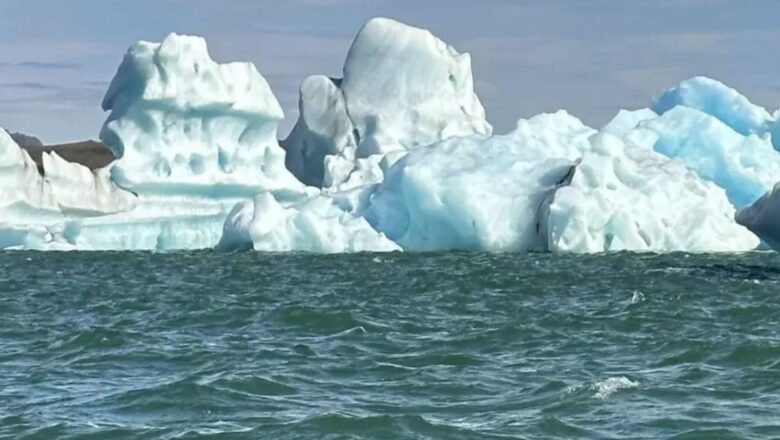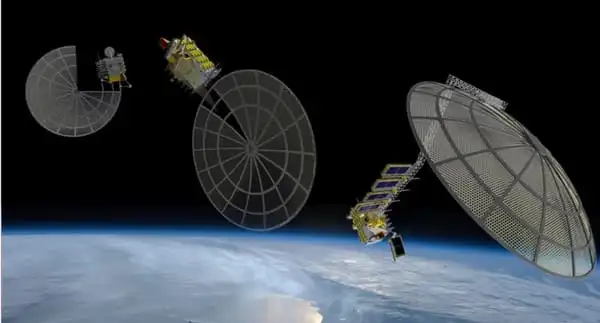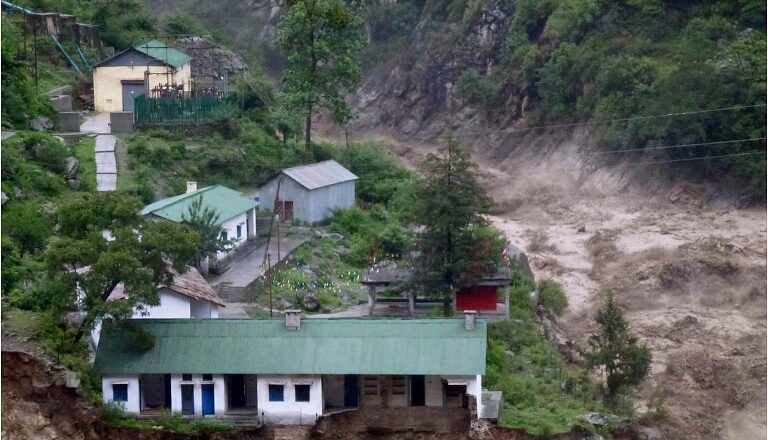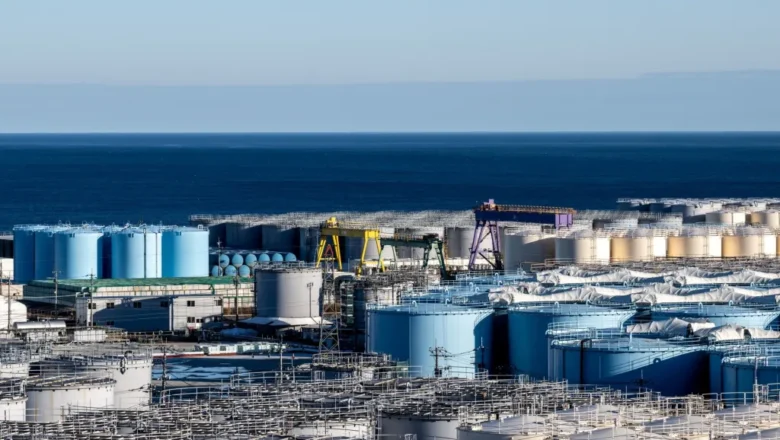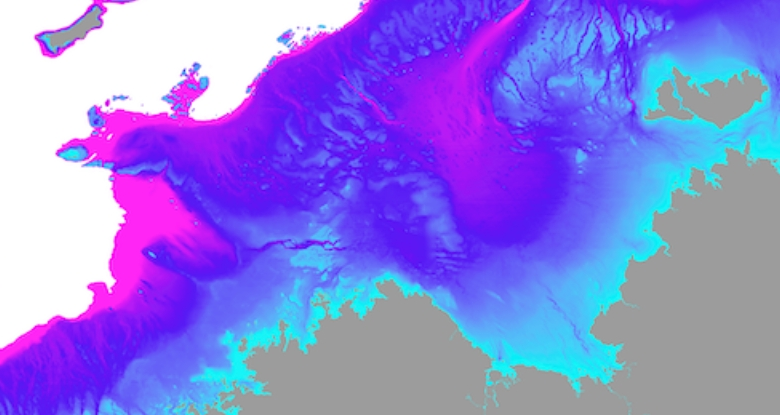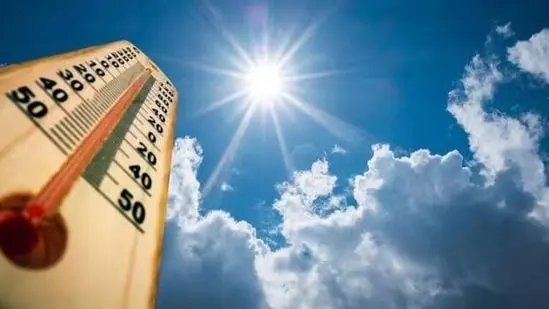
The impact of artificial intelligence and virtual reality: How artificial intelligence and VR are transforming society and their long-term effects
The convergence of artificial intelligence (AI) and virtual reality (VR) technologies has led to a profound transformation in various aspects of society. AI’s ability to process massive amounts of data and VR’s ability to create immersive experiences have opened up new opportunities and challenges across many industries.
A revolutionary industry
The integration of AI and VR is reshaping industries across all disciplines. In healthcare, VR is used to train doctors, run simulations and help with mental health treatment. Artificial intelligence-based medical algorithms improve diagnostic accuracy and streamline treatment plans, improving patient outcomes.
In addition, AI and VR are transforming manufacturing by optimizing production processes, predicting maintenance needs and reducin...

